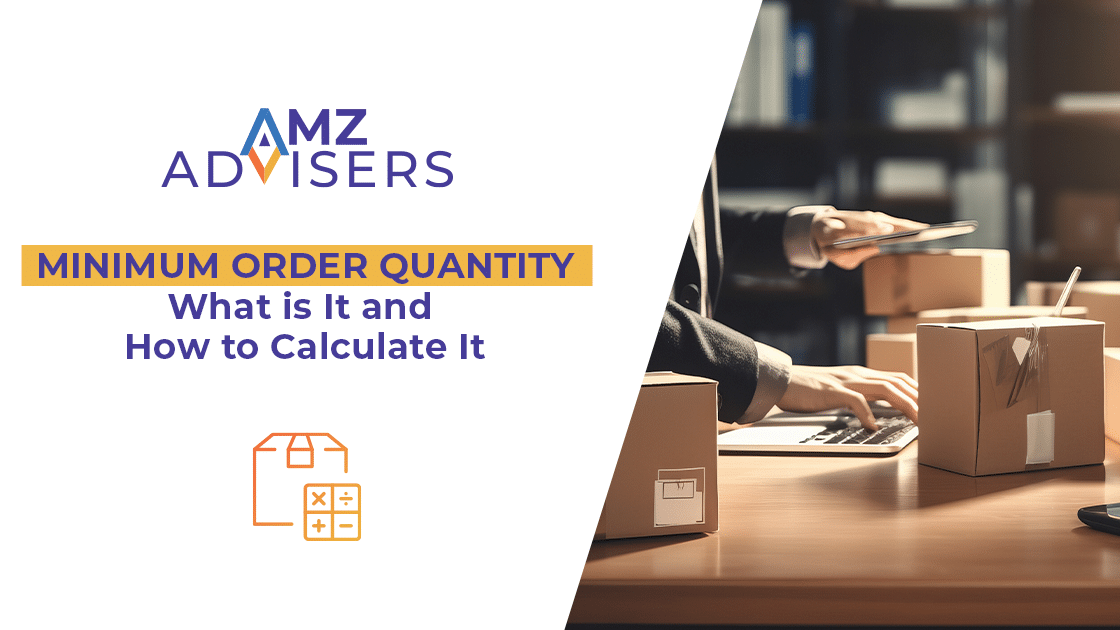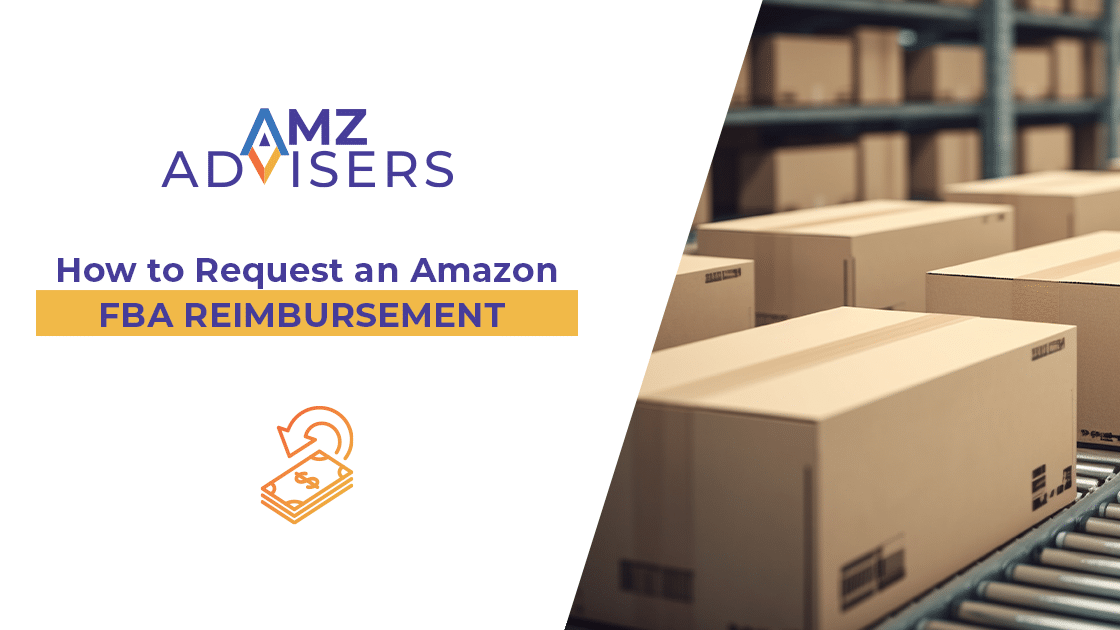This guest post comes to us courtesy of Caitlin Vorlicek, SVP, Partnerships & Corporate Development at VeriShip.
You might already be leveraging an agency like AMZ Advisers to drive top-line performance, but what are you doing to control your bottom line? Parcel shipping is an important part of the client experience, but it can be expensive and difficult to understand.
Many shippers aren’t aware of just how many variables are involved in parcel shipping. Carrier invoices have hundreds of ways to charge additional fees across every shipment. That’s a lot of information to digest. Luckily, there are parcel shipping intelligence companies, like Veriship that help shippers with the daunting task of money recovery by holding the carriers accountable and providing visibility into their fulfillment processes.
Are you overlooking any of these shipping challenges?
Potential refunds
Every shipper should be performing parcel audits — essentially, making sure that you don’t pay more than you’re supposed to for your shipments. This can happen easily because of the many surcharge opportunities that can appear on your shipment invoice, which are sometimes applied incorrectly.
It’s up to you to find these errors and request a refund, but that’s a challenge when you’re drowning in all the data your carrier gives you.
Keep in mind: If you pay your invoice and then find an error later, you’ve lost your chance to get your refund. You don’t want to leave that money on the table, so it’s important to find the errors and get them fixed before you pay — while still making sure you pay on time.
Surcharges
Sometimes surcharges are incorrectly applied but a lot of the time they’re accurate — and they can add up quickly. Unfortunately, most shippers don’t know how to minimize surcharges to stay within their budgets.
You can control surcharges by making sure your own operations are efficient first. Ask yourself questions like:
Is my packaging optimized?
Large packaging can trigger the additional handling surcharge, so ensure that your pick-and-pack teams choose the right packaging for each order. The additional handling surcharge kicks in when a package is 50 pounds or more, or when a package is more than 48” on the longest side or more than 30” on the second-longest side. If you use packaging that exceeds these dimensions when it isn’t necessary, you could be spending more money than you have to.
Do I have the correct addresses on file?
Address correction surcharges are pricey and can be charged for even the smallest of errors. Ensure you flag any instances of this surcharge in your carrier reports and update the customer’s address in your CRM to ensure you aren’t charged for it the next time your customer orders.
Is where I’m shipping costing me too much?
Two surcharges, the Residential Area surcharge, and the Delivery Area surcharge can cost you when you are delivering to a residential or rural area. While you need to maintain your customer experience by shipping orders to customers no matter where they are, you can encourage them to ship to a retail location, to a locker or access point, or to a work address to help cut down on these surcharges. It’ll help keep those nasty porch pirates away, too.
There are many more surcharges to consider, but the most important thing to remember about surcharges is that if you don’t have visibility, you won’t be able to avoid them. Keeping surcharges under control can have a significant impact on your bottom line.
Contract negotiations
People who work directly with shippers are often shocked to realize that those shippers don’t know when their carrier contract is up for renewal and renegotiation — or even who their carrier rep is or how to directly contact them. But knowing these details is how you get started with your next negotiation — and determine what you pay.
More importantly, shippers often don’t know you can negotiate more than just your pricing tier. You can negotiate better rates on areas including:
- Additional handling
- Dimensional weight
- Delivery area surcharges
When it comes to negotiating your contract, keep the big picture in mind at all times. Too often, shippers enter negotiations looking to reduce costs in one area while missing price increases in other areas that cancel out the savings.
Benchmarking your rates against similar shipping profiles is another key to understanding how your own rates can be optimized. Educate yourself on your shipping profile to get ready for your negotiations. Your carrier rep will be prepared to offer you pricing that benefits them, and you should be prepared as well.
Get informed about shipping to lower your costs
The path to success for omnichannel sellers is not only about the top line but also about the bottom line — across all your channels — and your shipping operations have a big impact on your bottom line.
What are you doing to drive top-line performance?
Perhaps you already leverage the expertise of a digital marketing agency and layer in software tools to refine the strategy. However, it is paramount that you don’t forget about your bottom line. Make sure you support your growth with knowledge and visibility into your most important costs, like shipping, otherwise, that growth won’t turn into profits.
Handpicked content for you:
8 Most Common Shipping & Fulfillment Problems (and how to fix them)
Author Bio
Caitlin Vorlicek is SVP, Partnerships & Corporate Development at VeriShip, the market-leading shipping expense optimization and payments software platform. “At VeriShip, we help shippers of all sizes with the daunting task of money recovery by holding the carriers accountable and providing visibility into their fulfillment processes.”




